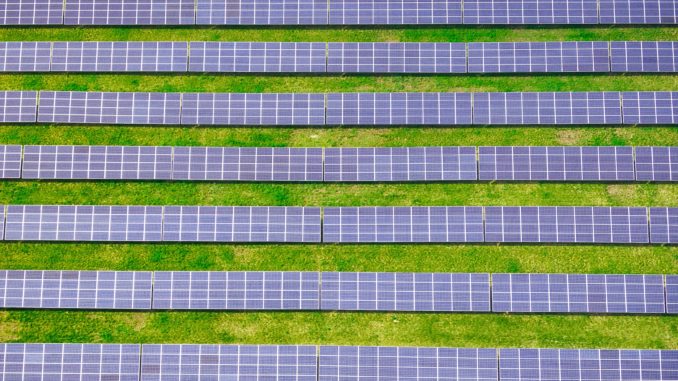
Developing a utility-scale solar project is a complex endeavor, although considered easier compared to other renewable energy projects such as WtE, Wind or Biomass. The following is a general overview of the key steps involved in the development process:
- Site Identification: Finding a suitable location for the solar project that takes into consideration factors such as sunlight availability, zoning laws, land designation and ownership, and proximity to the power grid. Indicative modelling and a basic go/no go decision is made at this stage (Also called pre-feasibility study). If the project is a ‘go’, this is the time to secure the land through a buy/lease or an option.
- Budgeting: Taking into account all the associated costs of the project until the commencement of construction – the various studies, technical consultants, legal counselors, financial advisors, permits, payments to the authorities – fees, guarantees, deposits etc. Make sure you have adequate sources to fund the development process.
- Feasibility Study: An analysis of the technical, financial and environmental feasibility of the project. This study will determine the expected energy production, the costs of construction and operation, and the revenues generated by the project.
- Generation License: Most of the countries would require a license to produce electricity, this step involves applying to the relevant authorities to generate electricity from the project and achieving the required license.
- Environmental Study: An assessment of the potential environmental impacts of the project, including environmental impact assessment, ecological studies, and cultural heritage studies, and obtaining any necessary environmental permits. This step may vary according to the local regulation.
- Grid Connection: This step involves applying and (hopefully) obtaining interconnection agreement with the local utility, which outlines the technical requirements and procedures for connecting the solar project to the grid. A crucial step and significant milestone.
- Power Purchase Agreement (PPA): Signing a contract with a utility company to purchase the electricity generated by the project, which will provide the project with a guaranteed revenue stream.
- Funding roadshow: Fundraising for the project implementation through equity investments, loans or grants. This step involves identifying potential funding sources, such as investors, banks, or government agencies, applying for funding, having discussions and negotiations that result with financing offers, typically in the form of Term Sheets. This step is usually led by a sell-side financial advisory firm.
- Engineering, Procurement, and Construction (EPC): Hiring a contractor to design, procure and construct the solar project. It is typically achieved through a competitive bidding process, as this is the preferred method for funders. It is important to select an established and reputable EPC contractor that can demonstrate its ability to fulfill its commitments and provide the necessary assurances and guarantees.
- Insurances: To protect the project against various risks, such as liability, property, and equipment damage. This includes also political risk insurance (PRI) that protects against non-commercial risks such as currency convertibility and transfer restrictions and expropriation.
- Financial Close: Finalizing all financial arrangements for the project. This step involves going through Due Diligence processes of funders, finalizing financing agreements and ensuring that all funding related arrangements are in place before construction begins.
- Building Permit: Obtaining the necessary permits that allow the construction of the project to commence.
- Construction: Building the solar project, including installation of solar panels, inverters, and other electrical equipment.
- Commissioning: Testing and activating the solar project, ensuring that all systems are functioning properly and that the project is ready for operation.
- Operations and Maintenance: Running and maintaining the solar project, including monitoring and troubleshooting equipment, and performing regular maintenance tasks.
